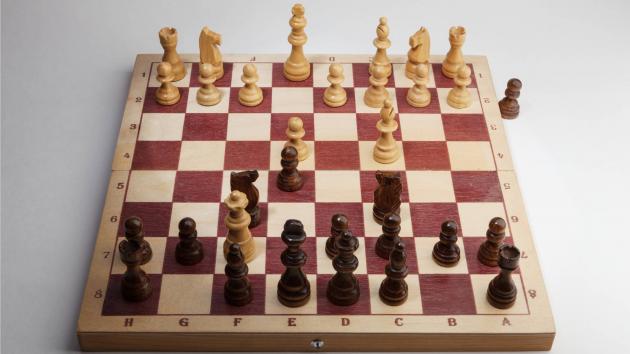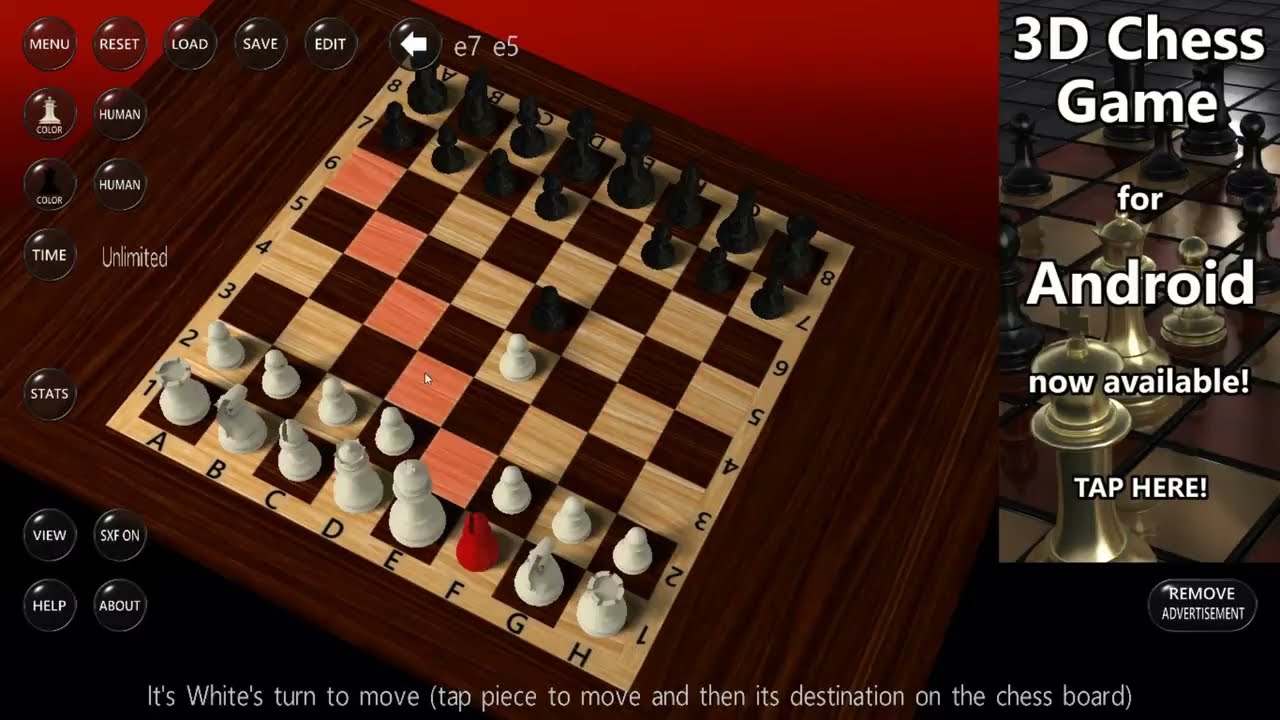
 After 1.e4 e5 2.Nf3 Nc6 3.Bc4 Nf6 (the Two Knights Defense), White's most popular continuation is 4.Ng5 attacking f7, which is awkward for Black to defend. Should White renew the Qxf7 threat with 4.Qf3, Black can easily defend by 4.Nf6 (see diagram), and develop the f8-bishop later via fianchetto (.Bg7).Īlthough a quick mate on f7 is almost never seen in play above beginner level, the basic idea underlying it-that f7 and f2, squares defended only by the kings, are weak and therefore good targets for early attack-is the motivating principle behind a number of chess openings. d5, gaining time by attacking the c4-bishop and attaining easy equality).Īfter 1.e4 e5 2.Qh5 Nc6 3.Bc4 g6 4.Qf3 Nf6, Black has successfully defended against the scholar's mate attempt.Īfter 1.e4 e5 2.Qh5 Nc6 3.Bc4, the cleanest way to defend against the mate threat is 3.g6. Openings such as the French Defense (1.e6) or the Scandinavian Defense (1.d5) render scholar's mate unviable, while other openings such as the Sicilian Defense (1.c5) make 2.Bc4 a bad move (1.e4 c5 2.Bc4 ? e6, intending.
After 1.e4 e5 2.Nf3 Nc6 3.Bc4 Nf6 (the Two Knights Defense), White's most popular continuation is 4.Ng5 attacking f7, which is awkward for Black to defend. Should White renew the Qxf7 threat with 4.Qf3, Black can easily defend by 4.Nf6 (see diagram), and develop the f8-bishop later via fianchetto (.Bg7).Īlthough a quick mate on f7 is almost never seen in play above beginner level, the basic idea underlying it-that f7 and f2, squares defended only by the kings, are weak and therefore good targets for early attack-is the motivating principle behind a number of chess openings. d5, gaining time by attacking the c4-bishop and attaining easy equality).Īfter 1.e4 e5 2.Qh5 Nc6 3.Bc4 g6 4.Qf3 Nf6, Black has successfully defended against the scholar's mate attempt.Īfter 1.e4 e5 2.Qh5 Nc6 3.Bc4, the cleanest way to defend against the mate threat is 3.g6. Openings such as the French Defense (1.e6) or the Scandinavian Defense (1.d5) render scholar's mate unviable, while other openings such as the Sicilian Defense (1.c5) make 2.Bc4 a bad move (1.e4 c5 2.Bc4 ? e6, intending. 
It is not difficult to parry, however.Īfter 1.e4, Black can play a semi-open defense instead of 1.e5. Unlike the fool's mate, which rarely occurs at any level, games ending in scholar's mate are quite common among beginners. Thus, the text "one houſe" describing the first move (advancing one square) may have been a mistake. However, the document treated a then-exotic subject during the early days of printing consequently the publisher attached a list of errata at the back, following publication.

Beale's text was an early modern account of the rules and tactics of chess, including concepts such as the ability of a pawn to advance two squares on its first move, en passant, forks, and exchange. Beale, The Royall Game of Chesse-Play Īll of the details are coherent from the modern perspective except for the first moves by each player-if Black's pawn advances only one square, this prevents White's bishop from supporting the white queen to give mate.







 0 kommentar(er)
0 kommentar(er)
